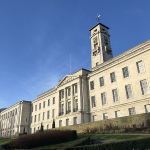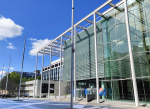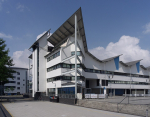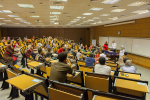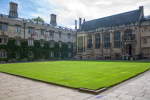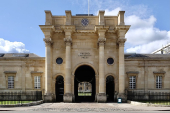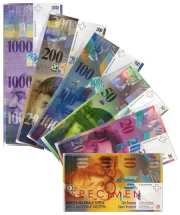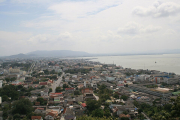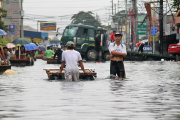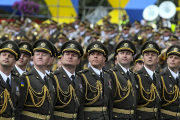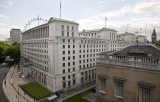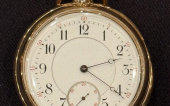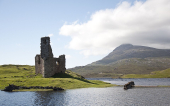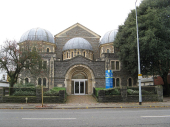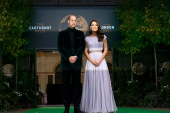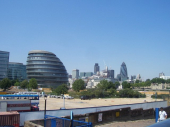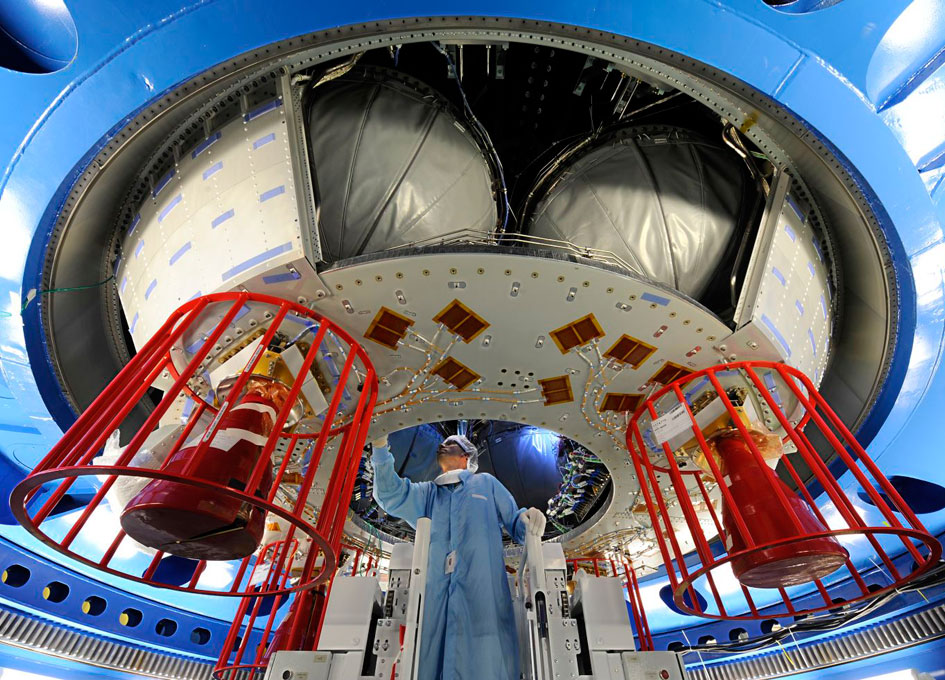
An Ariane 5 ES heavy rocket lifted off from South America bearing Europe's fifth and final robot supply ship for the International Space Station (ISS), mission control said.
The rocket rose from the launch pad at the European Space Agency's base in Kourou, French Guiana at 8:47 pm (2347 GMT) with a payload of more than 20 tonnes, the biggest in ESA's history, it said.
After being placed in orbit, the Automated Transfer Vehicle (ATV) is scheduled to navigate its way to the ISS by starlight and dock with it on August 12 at a height of about 400 kilometres (250 miles) above the Earth.
Named after Georges Lemaitre, the Belgian astrophysicist who proposed the "Big Bang" theory of how the Universe came into being, the ATV carries nearly 6.6 tonnes of fuel, water, oxygen, food, clothes and scientific experiments for the six ISS crew.
The 10-metre (33-feet) pressurised capsule will provide additional living space and use its onboard engines to boost the altitude of the ISS, which loses height each day through drag from lingering atmospheric molecules.
At the end of its six-month mission, filled with garbage and human waste, the spacecraft will undock and burn up in a controlled re-entry over the South Pacific.
It is the last in a series of ATVs that the 20-nation agency contracted to build and launch as its contribution to the US-led ISS project.
The six-year programme cost 4.2 billion euros ($5.6 billion), but ESA says the ships have been a testbench for technology that will live on in NASA's Orion, a planned capsule-based successor to the space shuttle which was phased out in 2011.
The ISS will continue to be resupplied by Russia's Progress freighter and the Dragon and Cygnus craft built by two NASA-contracted private American firms -- Space X and Orbital Sciences.
The inventory of the Georges Lemaitre has 1,232 articles, including bread pudding, orange and mango juice, cheese noodles, dental floss and 50 kilos (110 pounds) of coffee.
Since there is no washing machine in space, the robot craft will bring underwear, socks and clean clothes,including T-shirts made from a new, super-breathable, anti-odour fabric dubbed Spacetex.
The first four ATVs were also named after science gurus -- the Jules Verne, launched in 2008, the Johannes Kepler (2011), the Edoardo Amaldi (2012) and the Albert Einstein (2013).
AFP, photo by images.spaceref.com









